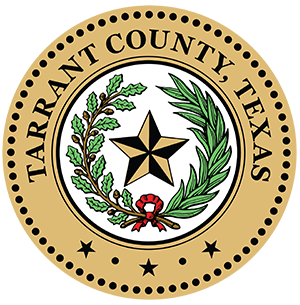Trinity River Vision
A Master Plan for the Trinity River and Major Tributaries in Greater Fort Worth
The Trinity River is a major part of Fort Worth's rich and colorful history. In 1849, an army outpost was established on the banks of the river at the confluence of the West Fork and the Clear Fork, and that convergence anchors our downtown today.
The "Master Plan" for the Trinity River is a concept literally decades in the making. Encouraged by community volunteers in the 1980s, developed by urban designers and specialty consultants in the 1990s, and adopted by City Council in 2003, the Trinity River Vision Master Plan encompasses 88 miles of the Trinity River and its greenbelts and tributaries throughout the Fort Worth area. The "vision" has always been to advocate for this natural resource, keeping the river beautiful, accessible, enjoyable, and productive and to make sure it remains a valuable asset for the entire community.
The master plan addressed such issues as the environment, ecosystems, flood protection, recreational opportunities, access to the waterfront, preserving green space, and urban revitalization based around the river.
The plan focuses on eight segments of the Trinity River and its tributaries: Clear Fork North, Clear Fork South, Marine Creek, Mary's Creek, Sycamore Creek, West Fork East, West Fork West, and the Central City area now called Trinity Uptown. It considers environmental quality, conservation, recreation facilities, trail developments, reforestation, beautification, and linkage to neighborhoods, downtown, and other special districts. The plan also addresses adjoining land uses, transportation and how other facilities best complement and benefit from the greenways.
For more information, please visit Trinity River Vision.

 TARRANT COUNTY, TX
TARRANT COUNTY, TX

 Tarrant County
Tarrant County